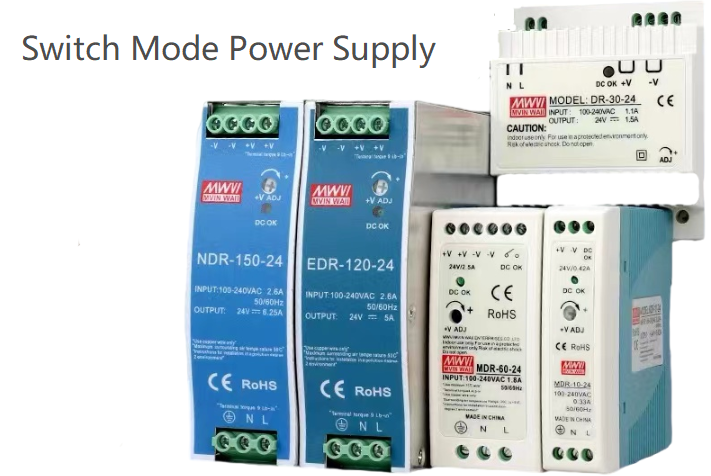Proper differential pressure transmitter installation is critical to ensuring accurate and reliable operation. This guide will introduce the requirements and steps of differential pressure transmitter installation.

Differential pressure transmitter installation requirements

The installation location of the differential pressure transmitter should be determined according to the characteristics of the medium being measured. Here are some important considerations:
Avoid direct contact of the differential pressure transmitter with corrosive or overheated measured media.
Prevent debris from accumulating and clogging in the pressure pipe.
The length of the pressure pipes on both sides of the positive and negative pressure should be as equal as possible to maintain pressure balance.
The pressure piping should be installed at a location where temperature gradients and fluctuations are minimal.
When measuring liquid flow, the differential pressure transmitter should be installed next to or below the pipe being measured to ensure that air bubbles are discharged into the pipe.
When measuring gas flow, the differential pressure transmitter should be installed next to or above the pipe being measured so that accumulated liquid can flow into the pipe.
When measuring steam flow, the differential pressure transmitter should be installed below the pipe to be measured to ensure that the condensed water fills the pressure pipe.
Differential pressure transmitter installation steps

1. Remove the electronic housing of the differential pressure transmitter.
2. Connect the positive lead to the “PWR/COMN” terminal and the negative lead to the “-” terminal. Be sure not to connect live signal wires to the test terminals to avoid damaging the test diodes in the test circuit. It is recommended to use a shielded twisted pair cable for best measurement results and choose 24AWG or higher cable to ensure proper communication.
3. Use conduit plugs to seal unused conduit connections on the differential pressure transmitter housing.
4. Reinstall the differential pressure transmitter cover.
Proper installation of differential pressure transmitters is critical to ensuring accurate and reliable measurements in industrial applications. By following these guidelines and adhering to the manufacturer’s recommendations, you can optimize your transmitter’s performance and improve the overall efficiency and safety of your process.
Differential pressure transmitter calibration and testing

Before putting your system into operation, perform a final inspection to ensure that all connections are tight and there are no leaks or defects. Power up the system and verify that the transmitter is communicating correctly with the control system or data acquisition device. Conduct a comprehensive commissioning process to verify the performance of the differential pressure transmitter under actual operating conditions.
After completing the installation, perform calibration and testing procedures according to the manufacturer’s instructions. Use calibrated test equipment and reference standards to verify transmitter accuracy and performance. Adjust transmitter settings as needed to achieve the desired measurement range and accuracy.






